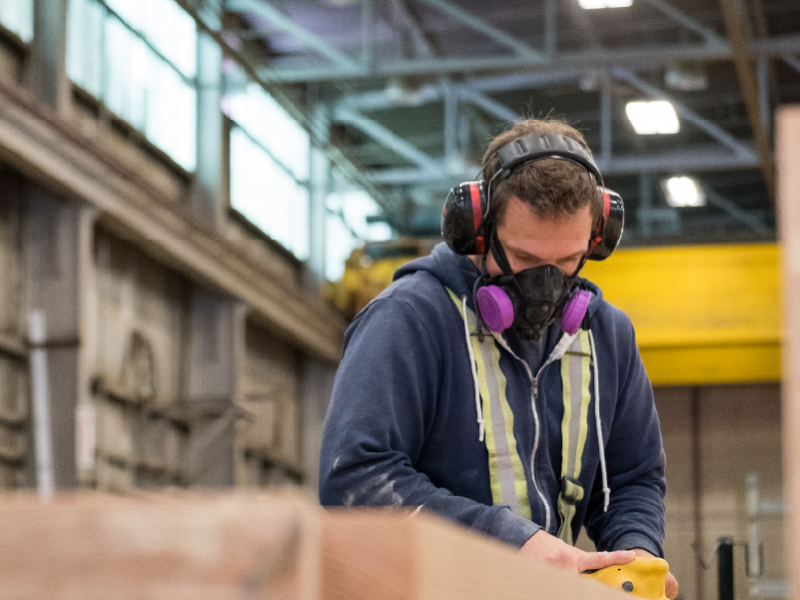Blue occupation pathways: Career transitions to the sustainable blue economy
In this research, we analyze the occupational transitions from 92 high-risk, low-mobility (HRLM) jobs to 15 rapid-growth jobs in the sustainable blue economy (SBE). How many years of training open up the most opportunities for HRLM workers to transition into the SBE? Which regions of Canada have higher transition potential, or higher transition costs? What training programs need to be developed to fill skill and labour gaps? Read the impact paper to get our full analysis.

Key insights
Rapidly growing occupations in the sustainable blue economy (SBE) are often specialized in science, technology, engineering, and math (STEM).
Due to the nature of these occupations, most transitions from high-risk, low-mobility (HRLM) jobs to those in the SBE will likely require one to three years of training.
The cost of a career transition to the SBE varies widely across Canada. It is high in British Columbia due to the opportunity cost of training and is much lower in the Atlantic provinces of New Brunswick and Nova Scotia. The transition is especially less costly in Quebec because of the very low direct cost of training.




